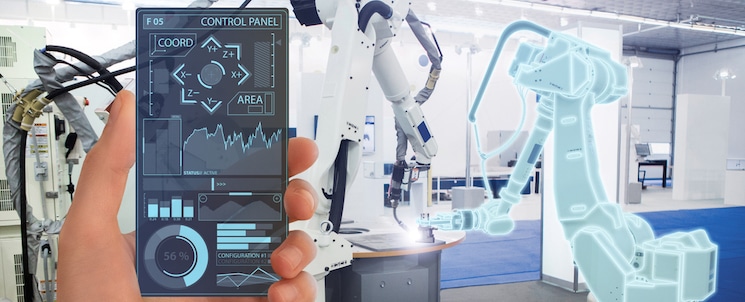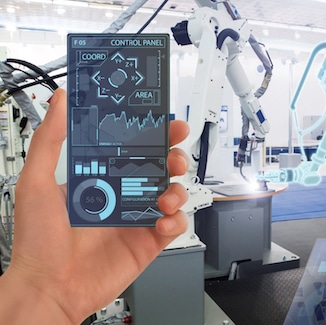
IT spending hasn’t been particularly strong since the 2008 recession. But there is good news. It is expected to rise this year according to a report by Enterprise Strategy Group (ESG). An in-depth ESG survey of enterprise users found that 58% of organizations anticipate a jump in IT spending in 2019. Another 39% believe that spending will be relatively flat this year. Only 3% predict a decline in their budgets for 2019. Based on feedback from thousands of companies, ESG estimates that the mean value of the IT spending increase for 2019 to be 24.24% for the year.
That’s a welcome trend for the aerospace and defense supply chain. But those extra dollars are not being evenly distributed around the IT stack. What is driving much of the upsurge, said ESG, is digital transformation. Those organizations engaged in digitalization, whether on a small scale or on a large scale, are boosting IT spend this year.
Transformation initiatives such as digital MRO help to break down barriers between OEMs, asset owners and the aftermarket. Design 3-D models, details drawings, as-maintained records and maintenance requirements are no longer gathering dust in file cabinets, buried under stacks of other documents or existing only as static PDFs. Instead, they are digitized and available online without asset owners needing to parse them manually.
Investment in digital transformation is also targeting the breakdown of the information silos that inhibit collaboration. By doing so, organizations can establish a feedback loop from maintenance and operations to design. Standards become easier to enforce and verify. Processes speed up as they are no longer bogged down by constant manual operations, errors and rekeying of information. Paperwork, if not eliminated, is greatly reduced.
The key to this transformation is the digital thread. The digital thread offers a way to integrate all model data, product structure data, metadata, effectual data, and process definition data and more. It establishes a communication framework throughout the entire lifecycle that spans design, engineering, production and maintenance. The organization, its partners and asset owners can unify their efforts around a single reference point.
No more sluggish progress pegged back by having to leaf through printed manuals, phone people on the shop floor or email suppliers for a production update. With the digital thread, data flows digitally throughout the supply chain. Design specifications, engineering models, as-builts and operational data can be brought together to develop a single source of truth for the enterprise.
The digital twin is another important breakthrough that emerges once the digital thread becomes a reality. This takes traceability and change management to a new level. Every time an engineering change is made during production and every time there is a deviation from the original design, these changes are viewable on an asset’s digital twin.
These digital twins can be used in product design, as a way to enhance production operations and to streamline maintenance programs. Changes and updates are available instantly to all parties. Supply chain partners can more closely collaborate as they can now all refer to the same 3D model. Component deliveries or engineering changes no longer fall through the cracks.
With advancements such as these, it’s no wonder that digital transformation has caught the imagination of management as well as IT. Now is the time to step up the pace on digital initiatives. The iBase-t Digital Manufacturing Suite offers a certain path toward the creation of the digital thread in the enterprise. By establishing the digital thread, complex discrete manufacturers are afforded supply chain unity, rapidity of communication, stronger verification and collaboration certainty.


